Mongolia
Better forests depend on better livelihoods
“Forests are essential for our life. We want to regenerate and preserve them for our children, and the next generation after that.”
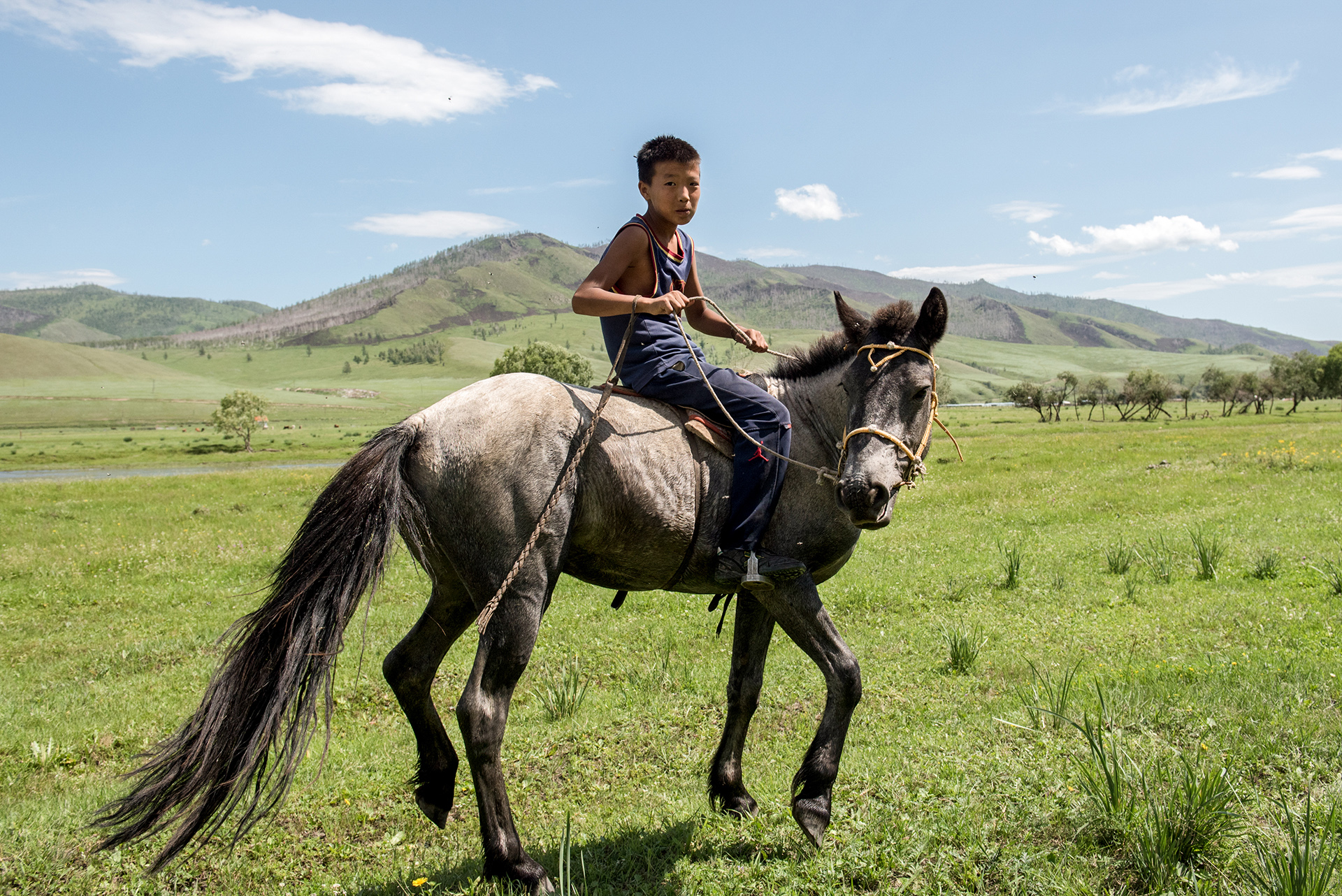
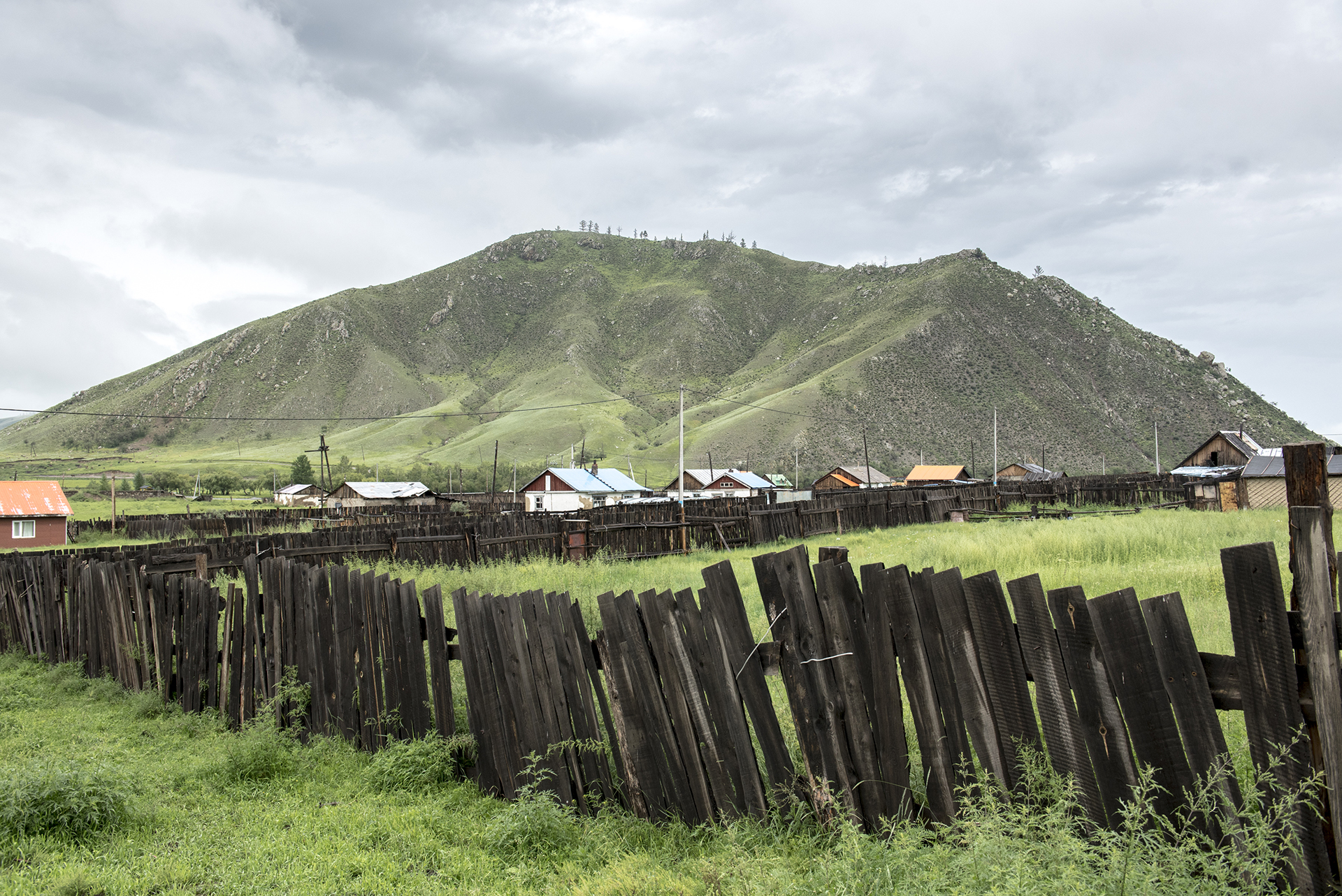
The small village of Tunkhel in the Selenge province of northern Mongolia is a vestige of the bygone Socialist era. During that time, it developed into a hub for timber production. Today, it upholds the reputation with its numerous sawmills juxtaposed between rows of brightly painted wooden houses amid rolling hills and grasslands in the distance. The timber produced here from pine and birch trees, is mostly sold for the construction of homes, fences and furniture to neighboring towns, as well as to the country’s capital of Ulaanbaatar.
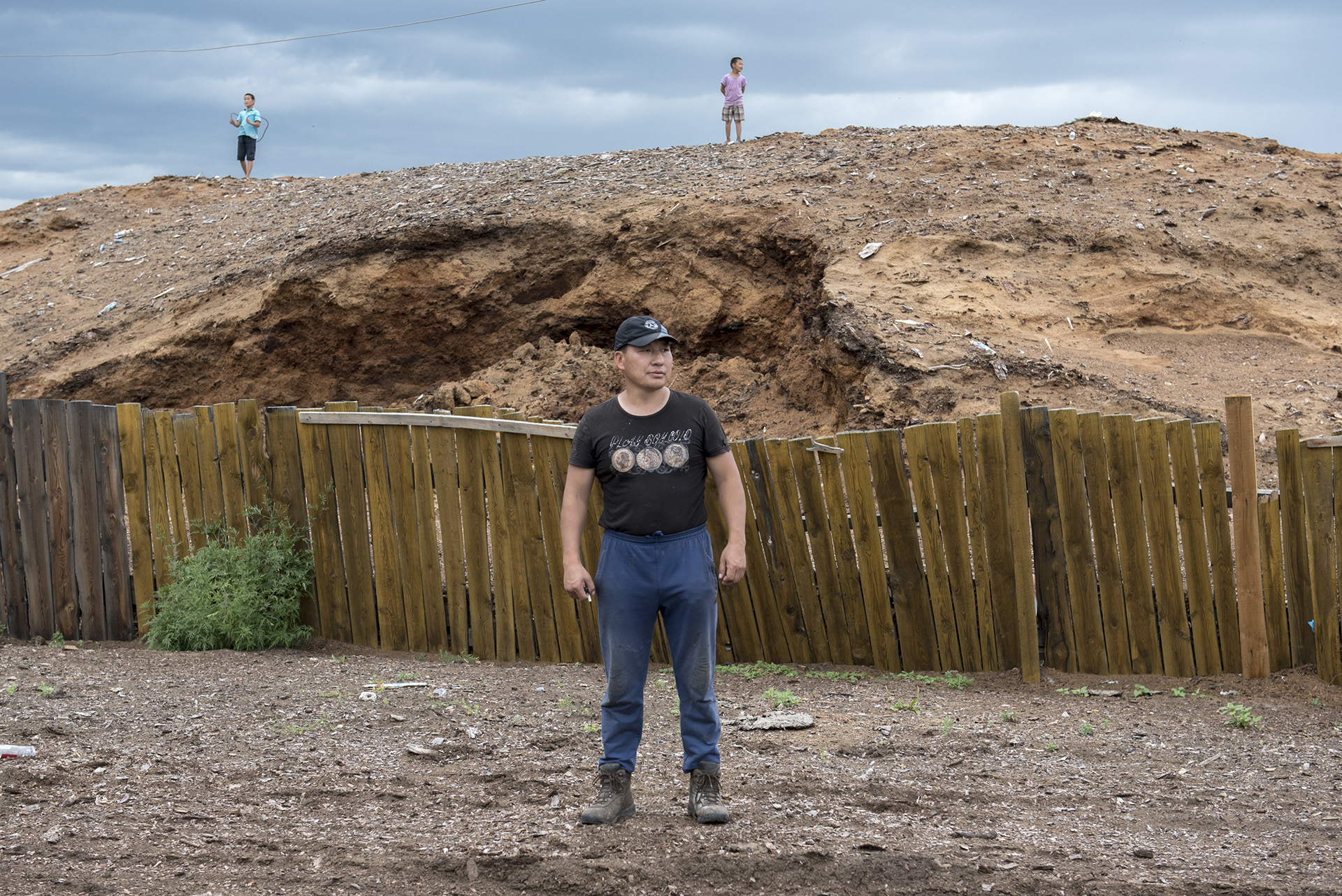
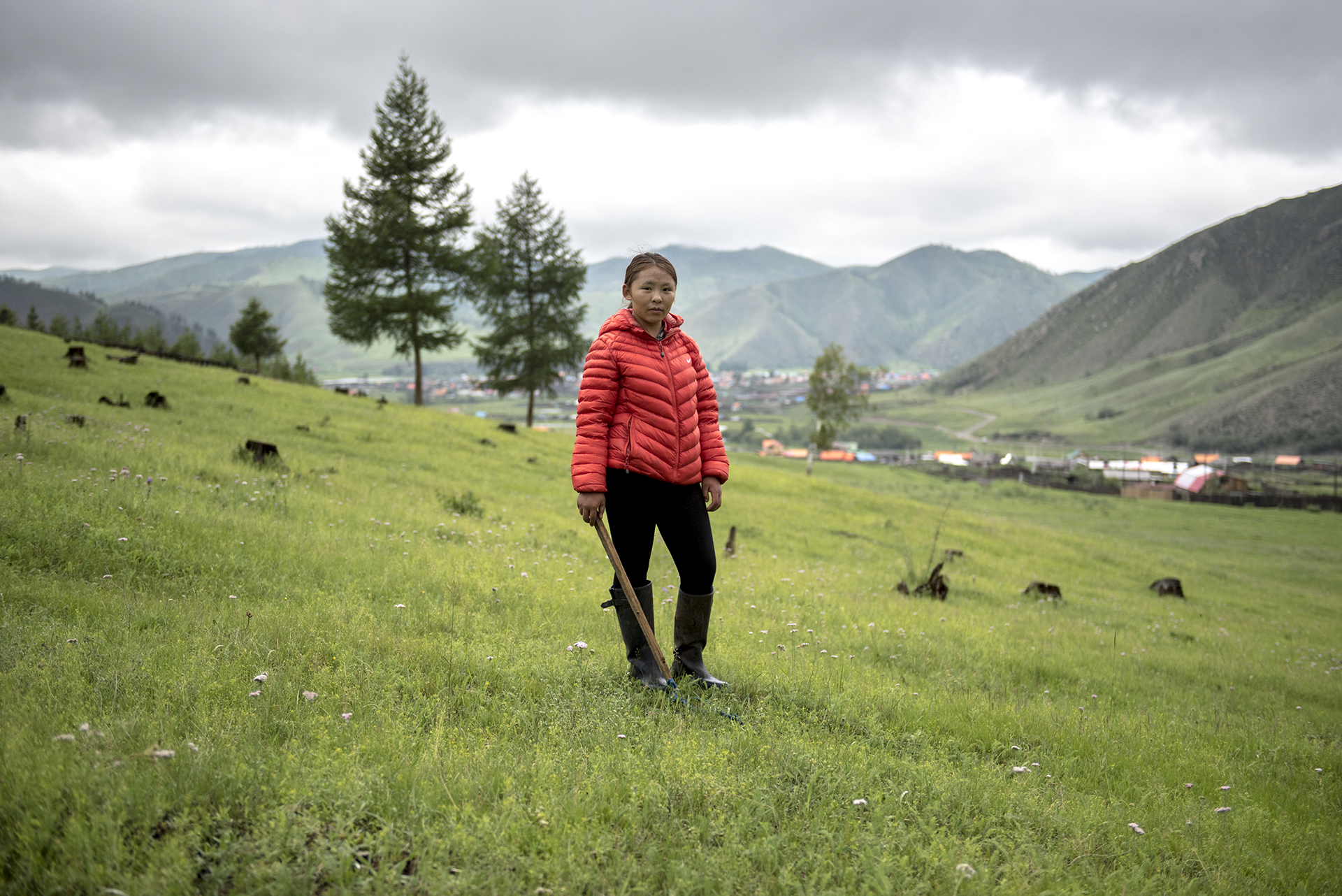
After the socialists era
“After the Socialist era ended in the ‘90s and we shifted to a market economy, the environment here became very degraded,” says Dainagul, the manager of Khangai-Burged, a small enterprise specialized in wood production. “There were years of uncontrollable use of forest resources because everyone was cutting down trees. Things finally got better after the government restricted logging to enterprises like ours with a valid permit.”
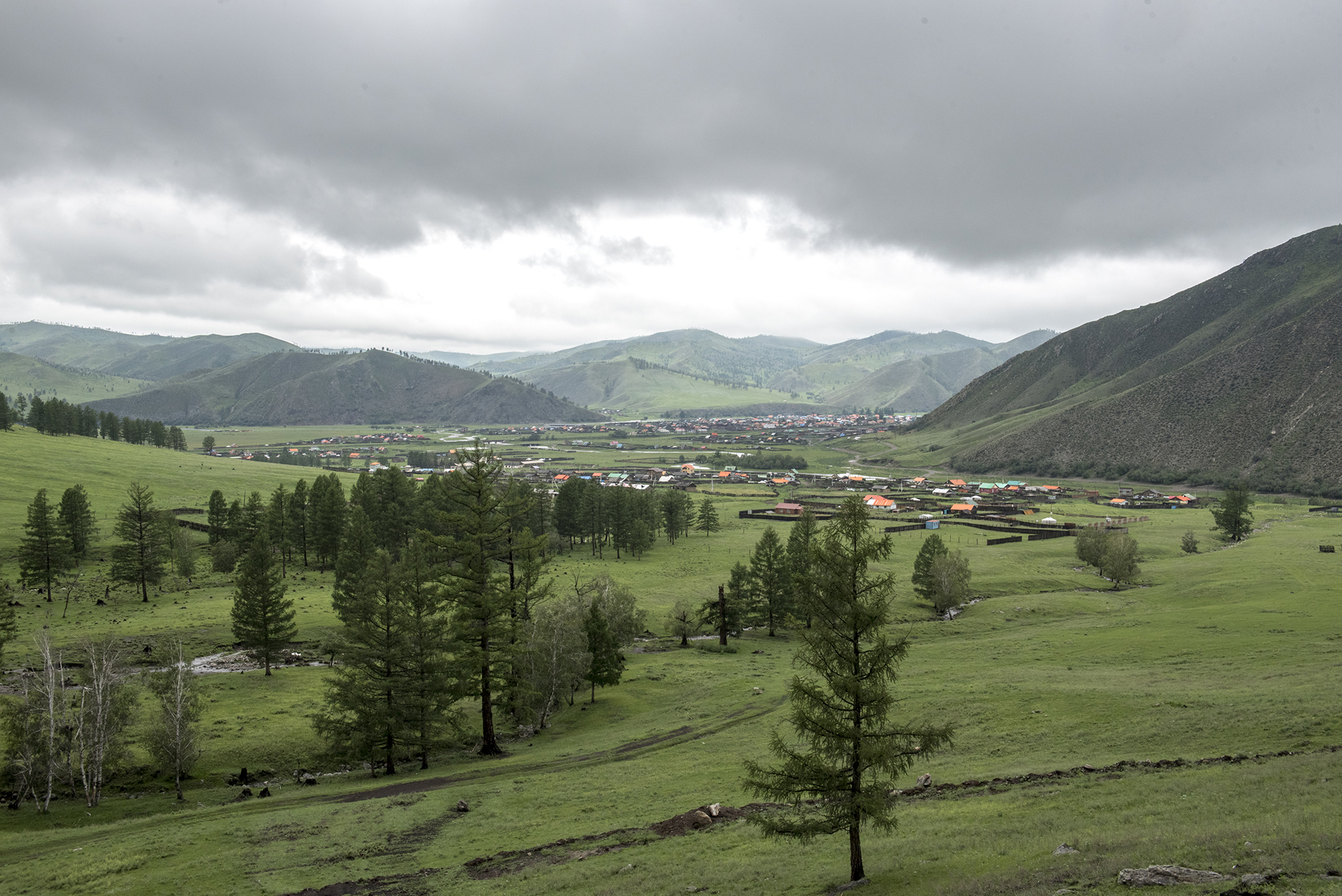
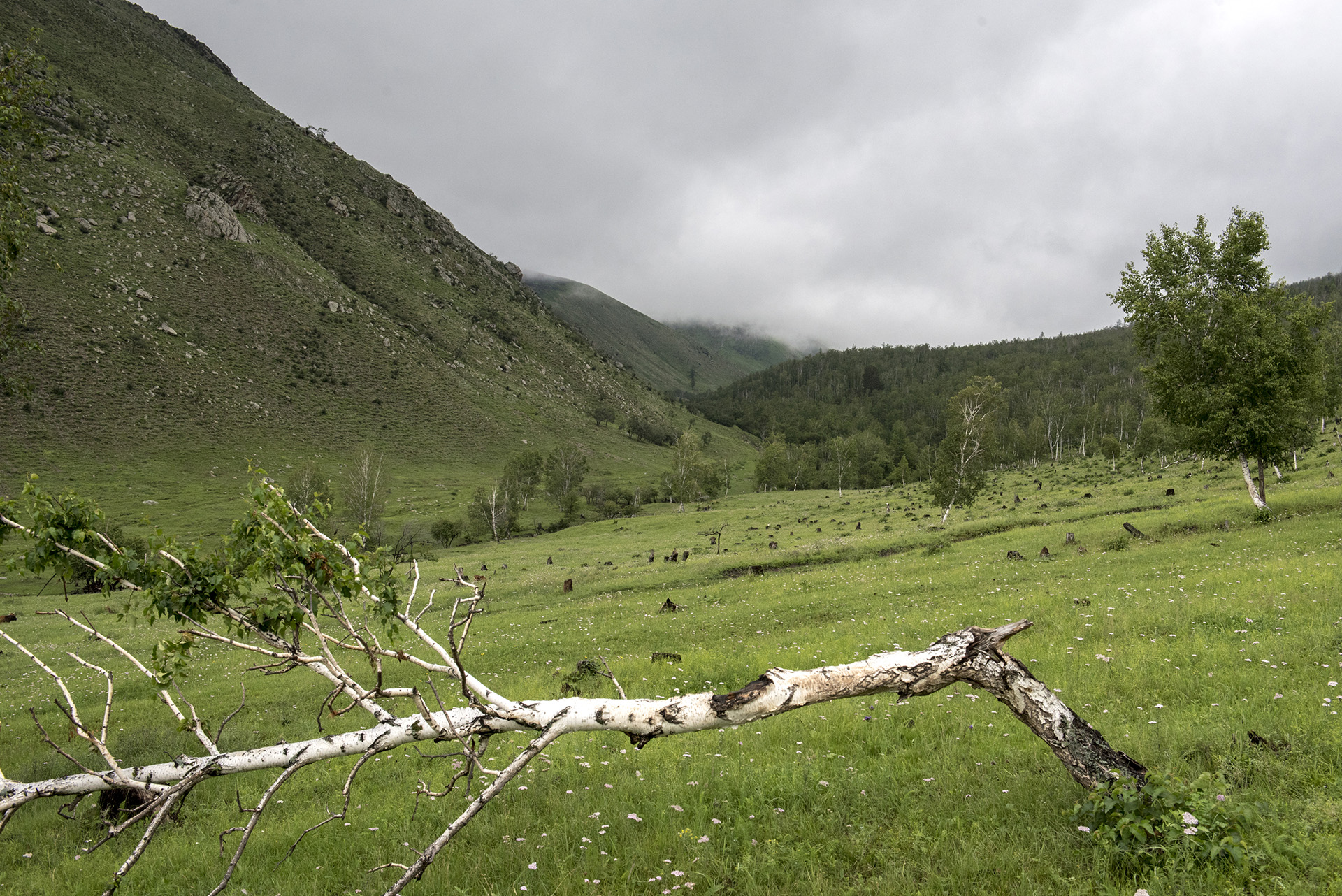
Mongolia's boreal forests
Mongolia may not be the first country to come to mind when one thinks of forest protection. However, in recent years the issue has shot to the top of the government’s agenda after Mongolia became the first non-tropical country to become a partner of the UN-REDD Programme in 2011.
Mongolia’s boreal forests, which are characterized by coniferous trees like Siberian larch and pines, lie to the north of the country along its border with Siberia, and comprise part of the world’s largest land-based carbon sink. These boreal forests, together with the country’s unique saxaul forests to the south, which are dry woodland ecosystems found in the Gobi desert, cover 12 percent of the country’s total surface area.
While Mongolia is a low emitter of greenhouse gases, it is disproportionately affected by the negative impacts of climate change. Over the past two decades, temperatures rose at more than twice the average annual global rate, leading to hotter summers, drought, advancing desertification and melting permafrost. These changes have contributed to the degradation of forests and grassland ecosystems on which traditional nomadic livelihoods depend.
While deforestation rates are low, Mongolia’s huge land area and small population mean that emissions from forest degradation are hard to address. On average, over 140,000 hectares of boreal forests are affected each year by fires and insect pests. With support from the UN-REDD Programme, the country is developing a REDD+ National Program focused on the promotion of sustainable forest management and inclusive development goals.
From strict protection to sustainable forest management
“For 30 years, the Ministry of Environment and Tourism managed forests by putting them under strict protection areas. It didn’t work well, so it changed its strategy to sustainable forest management,” says Enkhtaivan. “Participatory forest management was introduced to give more rights and incentives to local people.”
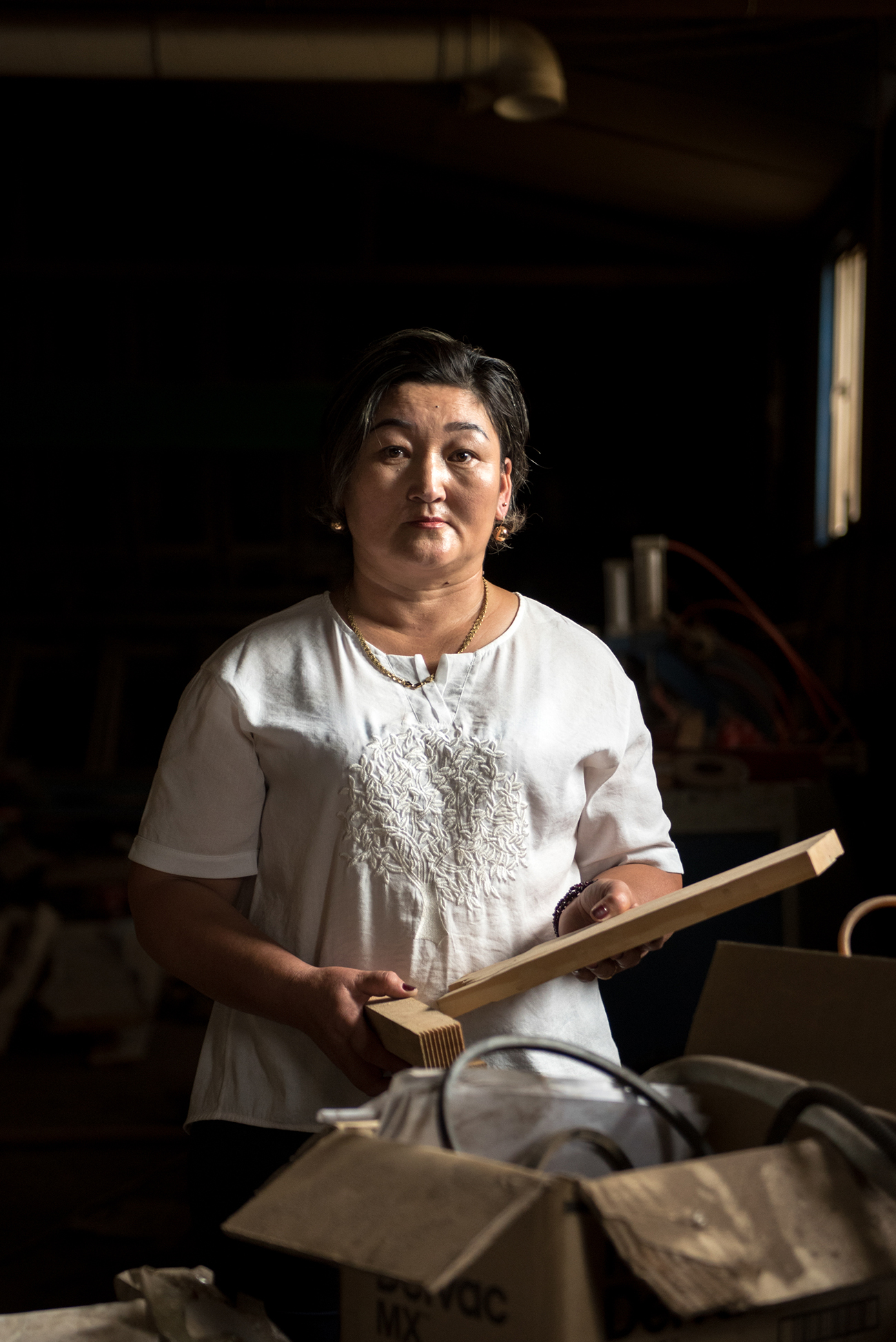
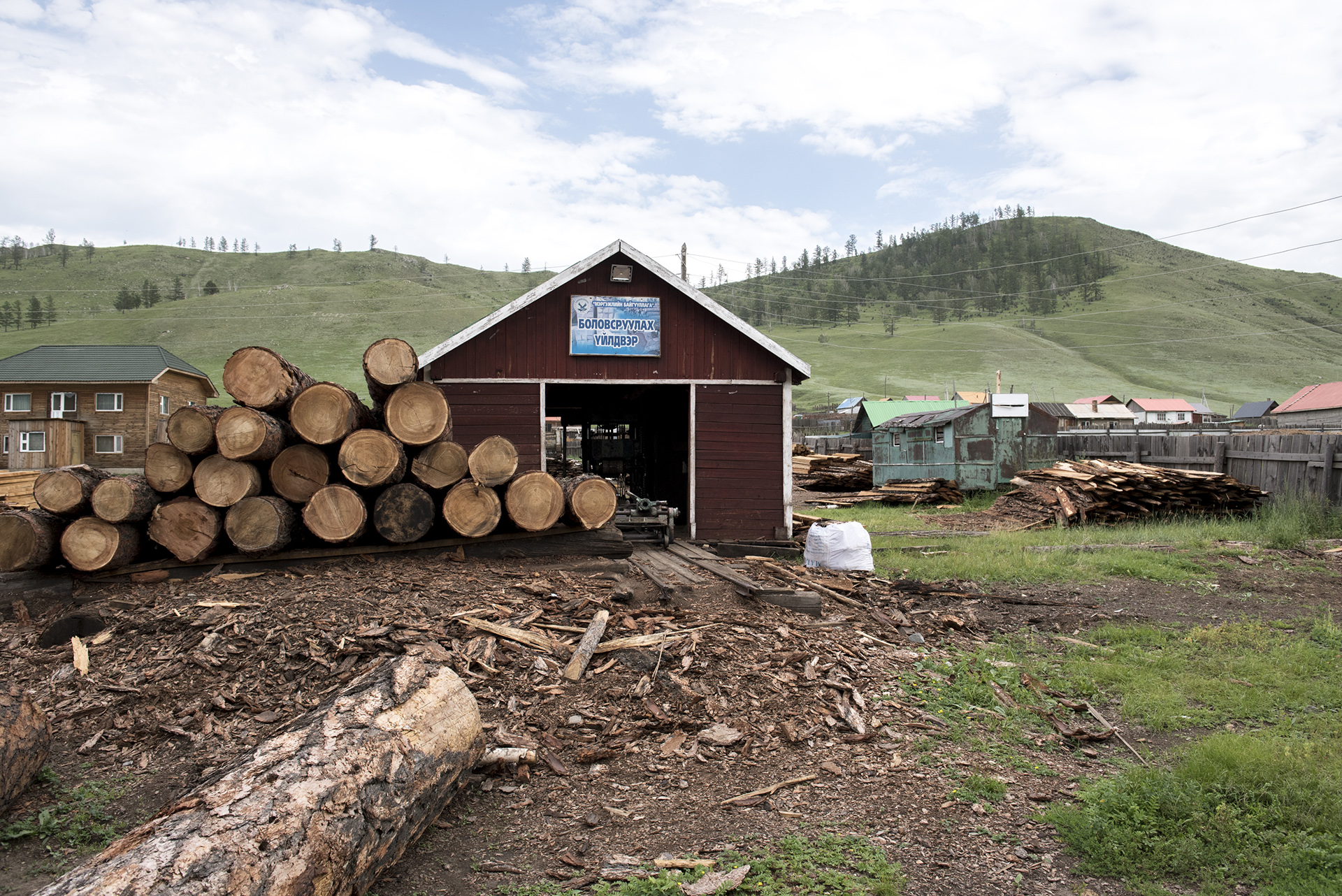
The plan is now being implemented in Tunkhel with the participation of Dainagul’s company. Every spring and autumn, Dainagul’s 50 employees collect fallen wood in the surrounding forests. Removing the dry wood reduces the fire risk, and Dainagul uses it to make charcoal, a lower-emissions alternative to the coal normally used for heating.
Forest enterprises and forest user groups
In Mongolia, there is a clear distinction between enterprises and individuals seeking to access forest resources. For both, a lengthy bureaucratic process must be followed to obtain licenses. This system is a remnant of the Socialist era, under which it was first established.
Forest enterprises are companies with operating licenses. They typically have concession areas of 10,000 to 20,000 hectares reserved for timber logging. Their licenses set a restriction on the total volume of wood that can be cut – not on the duration of their permit. For instance, Dainagul’s company, which was set up by her husband Teluberd in 1999, is responsible for managing 7,188 hectares of forest. Their company’s permit allows them to log 3,000 cubic meters of timber. So far, they have only expired half of their quota.
In order to apply for a license, a company must have at least one forest engineer and one forest technician on staff. This requirement can be quite restrictive for rural areas, as these professions require university degrees. For this reason, most licenses are granted to companies operating out of Ulaanbaatar and other urban areas.
Licenses are not granted to individual households. Instead, households must band together and collectively apply as a Forest User Group (FUG) at the soum (district) level. Then, the soum governor will take the request up to the aimag (province) level governor and finally, submit it to the Ministry of Environment and Tourism, which takes the final decision.
Unlike forest enterprises that can legally cut timber, FUGs can only collect deadwood on the ground and non-timber forest products like berries and nuts. In certain cases, FUGs may apply for a license to practice tree “thinning”, which involves removing suppressed and dying trees to improve the overall health of the forest. This provides them with extra wood.
According to Enkhtaivan, FUGs were started following an initiative by the Food and Agriculture Organization of the United Nations (FAO) - one of the three UN agencies that comprise the UN-REDD Programme . The FUGs were subsequently incorporated under Mongolia’s updated environmental law in 2016. Today, there are 1,281 registered FUGs that are responsible for managing one-fourth of Mongolia’s total forest covered areas (3.1 million hectares out of 12.9 million hectares).
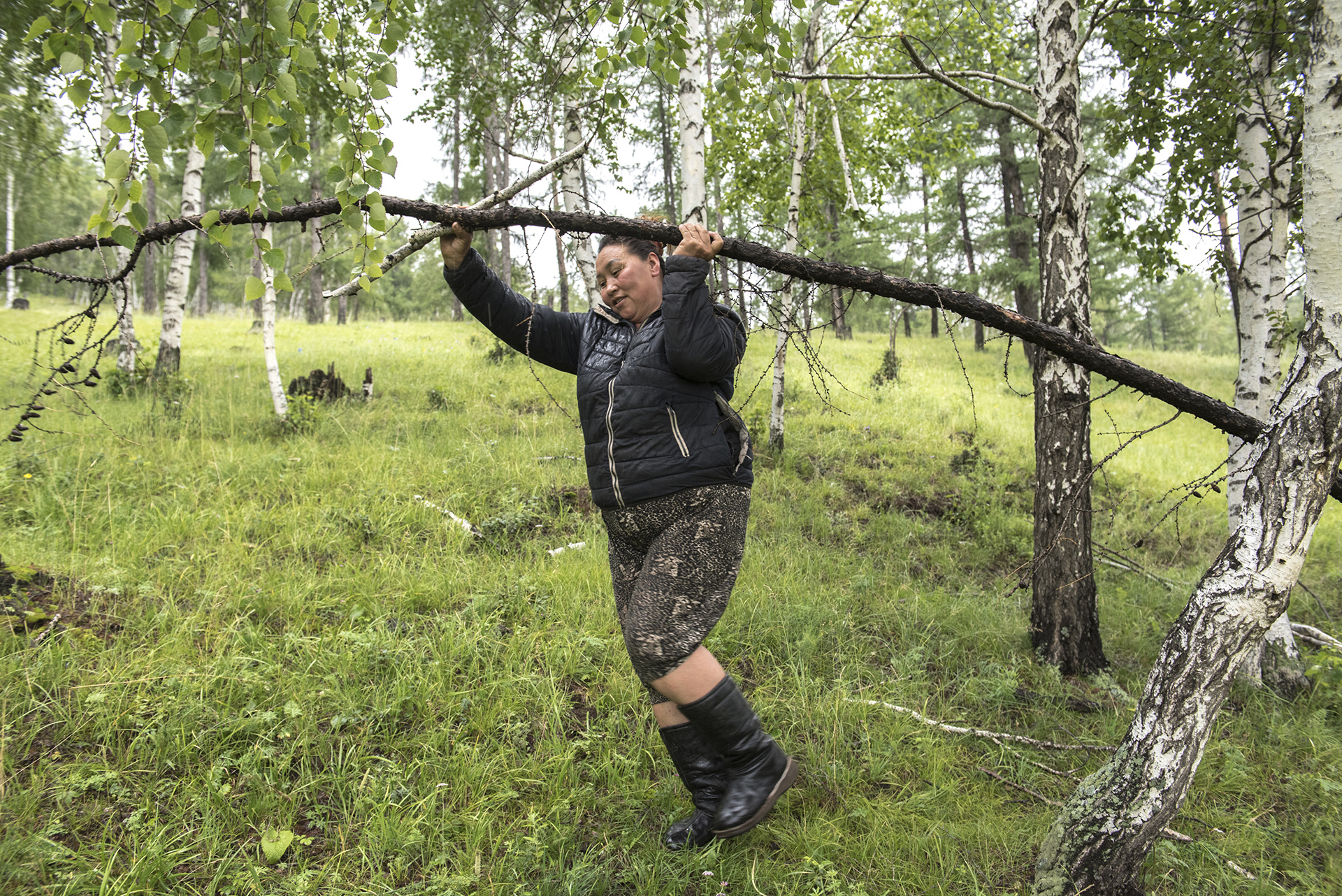
Few livelihood opportunities
A key frustration among FUG members is the low income they can earn, as by law, they are restricted to collecting deadwood and lower value non-timber forest products.
“We work as protectors and cleaners of the forest,” says Batbaatar, a member of the Tusgal FUG in Tunkhel. “But we barely earn anything, so it feels like charity.” Batbaatar is a 46-year-old forest technician who migrated from Ulaanbaatar to Tunkhel during the Socialist era to work at a wood factory.
Today, his sole income comes from the FUG. In the summer, they sell berries they forage. In the winter, they sell firewood to local households. The income collectively generated by the FUG is split between the 27 member households. Batbaatar earns 40 USD a month, in a country where the average monthly income is 394 USD. Like many FUG members, he believes the legal system punishes them. “We want to have the right to cut trees like the forest enterprises,” he says.
“Since 2006, FUGs have expressed their desire to earn more income from the forests,” says Enkhtaivan. But while he personally supports the recognition of FUGs as legal identities, the Ministry of Environment and Tourism does not have the legal mandate to implement it. Ultimately, it is up to Parliament to approve any modifications to the law. But this is tricky because the 1,281 FUGs and the 920 forest enterprises in Mongolia have clashing objectives. “The forest enterprises don’t want their income levels to change. Because of this, nothing is happening even though our Ministry recommended this action to the Parliament last year.”
Many forest enterprises are opposed to changes of the law because some of them are struggling financially. “Times are tough,” says Turtogtokh, the head of Davaat Khuder, a small enterprise specialized in wood production in Tunkhel. “There are already 10 private enterprises operating in my village –in the same business – and nine FUGs. I’m not happy that FUGs are trying to become enterprises because we already face enough competition.”
A new model of cooperation
But while Turtogtokh does not want to see any laws revised, he isn’t against helping FUGs increase their incomes. In fact, he personally supports it. His is one of three enterprises in Tunkhel collaborating with seven FUGs in a development project launched in 2016 by the Asian Development Bank (ADB), the Government of Japan, the Japan Fund for Poverty Reduction and Mongolia’s Ministry of Environment and Tourism.
The goal of this initiative was to improve local livelihoods by fostering inclusive sustainable forest management. One of its key activities was replacing the main heating boiler in Tunkhel from a coal-powered one to a wood-fired one, so that local FUGs could sell their deadwood to the village administration. The boiler heats key buildings in town like a kindergarten, a three-story apartment, and the local administration office. Previously, village residents would buy coal from other provinces, but now, heat can be locally generated and the FUGs can earn up to 12 USD per cubic meter of wood sold, bolstering their incomes.
In addition to purchasing a German state-of-the-art boiler to initiate this project, the international development organizations trained the seven FUGs for six months on sustainable forest management techniques. A cooperative between the enterprises and FUGs was also established, called the Bayun-Tunkehl, to manage the project going forth.
“At the moment, FUGs only have two choices – either change their legal statuses to enterprises, or establish a partnership with existing enterprises,” says Tsogoo, a local ADB officer managing the boiler project in Tunkhel. “To convert one’s legal status requires a lot of time and money, so it isn’t realistic for FUGs. I recommend partnerships like ours.” He points out that within the partnership, which is the first of its kind in Mongolia, the enterprises and FUGs don’t compete. The enterprises log their areas as usual, and the FUGs help clear the logging residue from the enterprises’ logging concessions. “It’s a win-win solution,” he says.
“People in our community are dependent on forests for our livelihoods. We need better options and more opportunities to take better care of our families.”
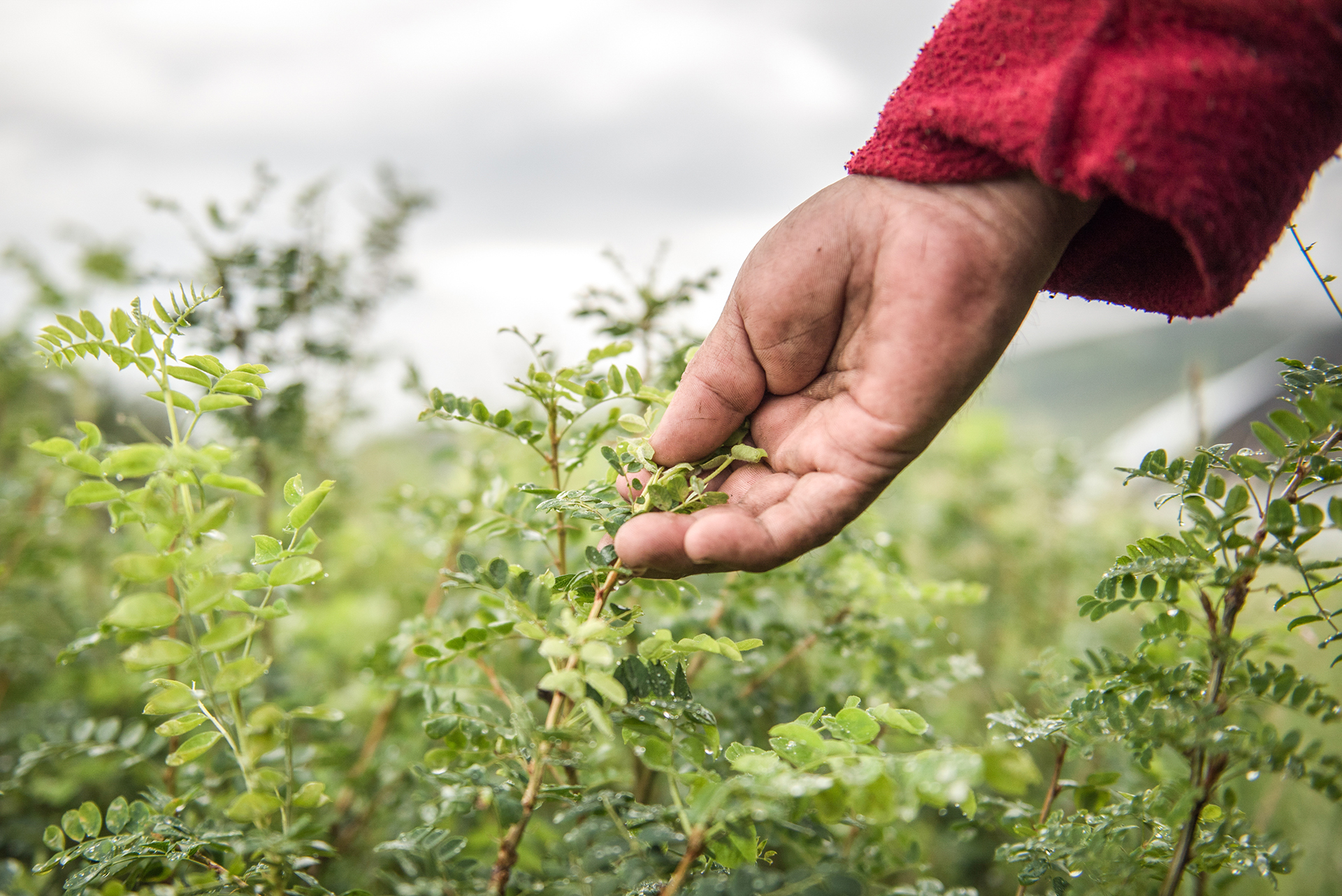
Ingenious solutions
In addition to innovative initiatives spearheaded by international development organizations, some FUGs have devised ingenious ways to work around the existing law to increase their incomes. Batbaatar’s FUG established a communal greenhouse where members plant vegetables and practice horticulture. They can then sell the vegetables for extra cash.
Meanwhile, 49-year-old Buyan-Orshikh applied for a permit for his FUG to thin forest stands. He heads the DX-Oyu FUG in Tunkhel, which specializes in ger (yurt) carpentry. All of the 12 household members are carpenters. The members conduct forest cleaning and “thinning” together. They select the best wood to build their gers, then divvy up the rest for fuelwood.
“It took me two months to be granted the authorization,” says Buyan-Orshikh. “The process was very frustrating and long.” But his persistence paid off, as his income doubled after he obtained the permit. Before, he would have to buy wood from the market to construct his yurts because the deadwood he found was of poor quality and low volume. A standard ger requires 2.5 cubic meters of wood for its frame, which is then covered by felt. He used to pay 72 USD per cubic meter of wood in the market, which was very costly for his budget.
“We are very happy since we received permission to do thinnings,” says his wife Davichuluun. “It has increased our income greatly.” The 45-year-old is a mother of three children: Sukhrerchik, 11 years old, Anu, 10 years old, and Sued Erdene, 3 years old. Her youngest child has Down syndrome, so the extra income is vital for her family’s survival.
“People in our community are dependent on forests for our livelihoods,” says Buyan-Orshikh. “We need better options and more opportunities to take better care of our families.”
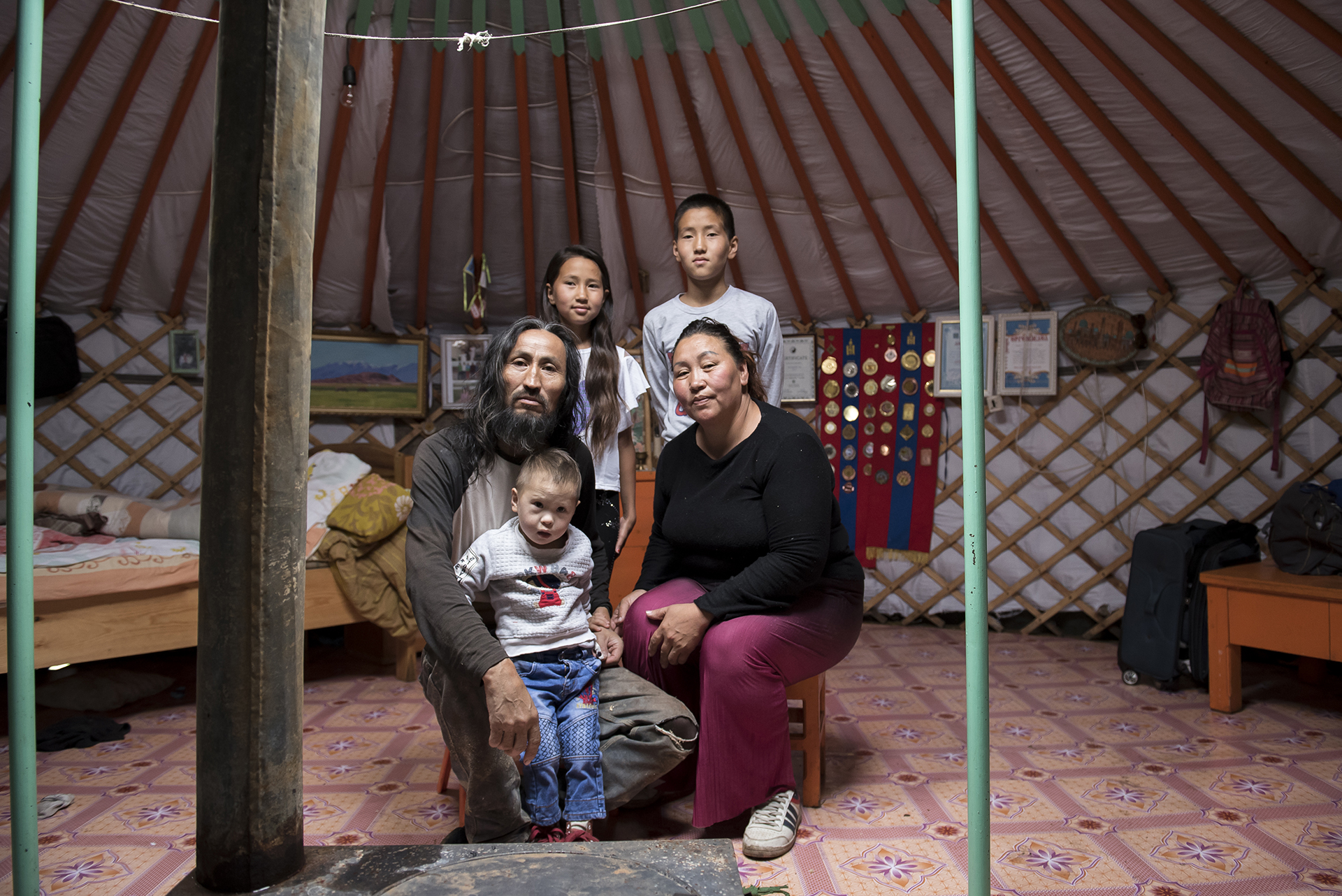
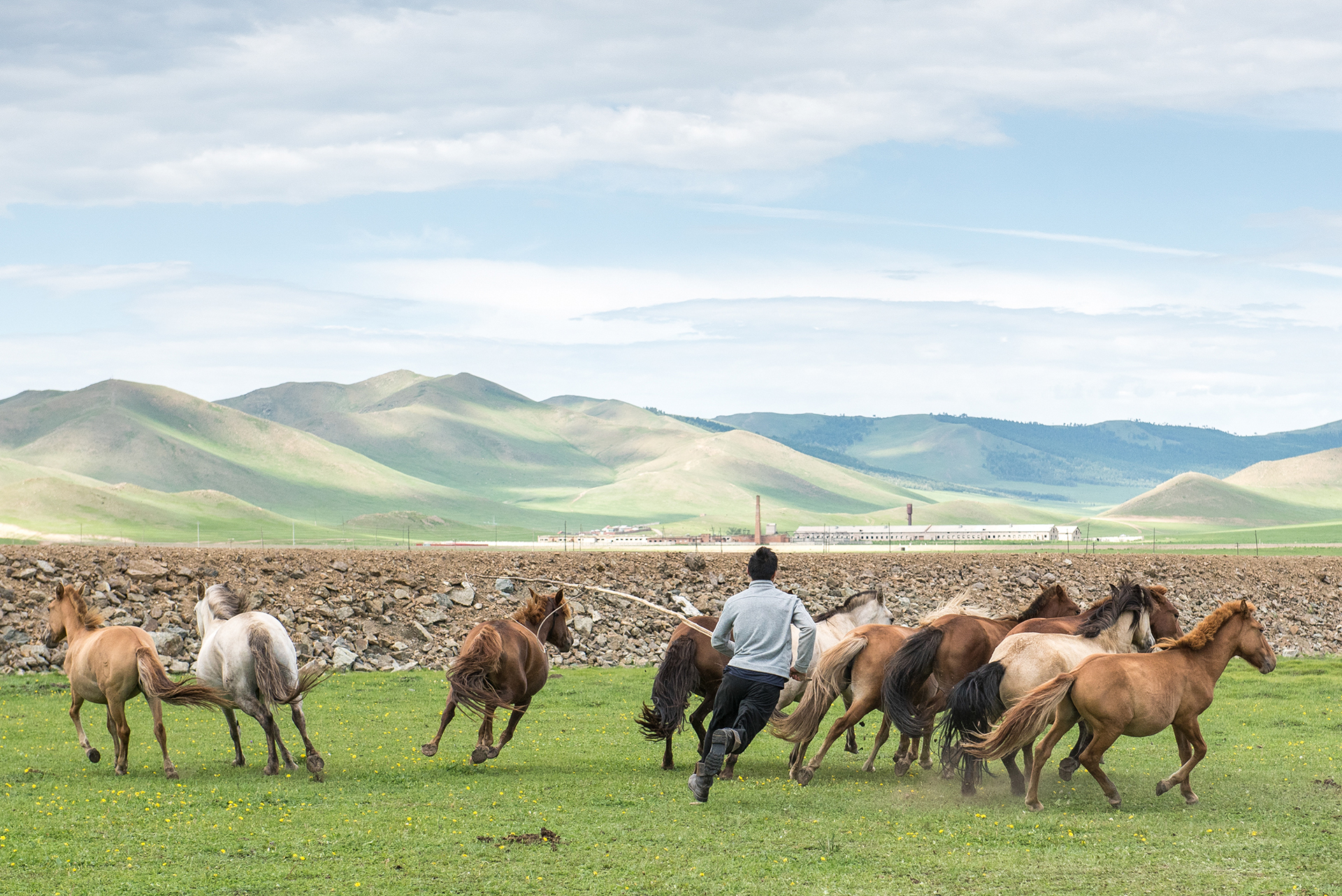
Herder memebers of fug's
However, not all FUG members are struggling financially. Many of them are herders. Mongolia is traditionally pastoral, and the clichéd image of herders on horseback living in gers is not far from reality. Herders typically join FUGs to collect deadwood for heating purposes and to make wooden fences to pen in their livestock. However, they make their primary income from livestock, not from wood and non-timber forest products.
Bagaantsooj, 28 years old, and his wife Munkherdene, 26 years old, have two young children and belong to the FUG Savart. They move with the seasons, and tend to stay four to five months in each spot. About 10 kilometers outside of Tunkhel, they have set up home in the middle of a green pasture surrounded by tree-covered hills. The young couple owns 300 sheep and goats, 40 cows and 30 horses. They live comfortably off the income they earn from selling livestock and dairy products like cheese and milk.
In Mongolia, logging is not the biggest cause of deforestation or forest degradation. In fact, it is grazing that is the biggest culprit. The country has more than 65 million livestock today . “Animals like grazing in and around forests because the grass is greener and it is often close to a water source,” says Enkhtaivan. “So our Ministry is working with the Ministry of Food, Agriculture and Light Industry to work on pasture management and encourage the building of fences around forests. A lot of herders are unaware of the negative impacts of grazing.”
However, not all herders are irresponsible or ignorant. “I know that my animals should not eat young plants,” says Bagaantsooj. “My father, who was also a herder, taught me about natural regeneration, so I don’t let my animals venture into the forest, just around the edges.” “Forests are essential for our life,“ says his wife. “We want to regenerate and preserve them for our children, and the next generation after that.”
“We have made big strides for our forests and we will continue forward.”
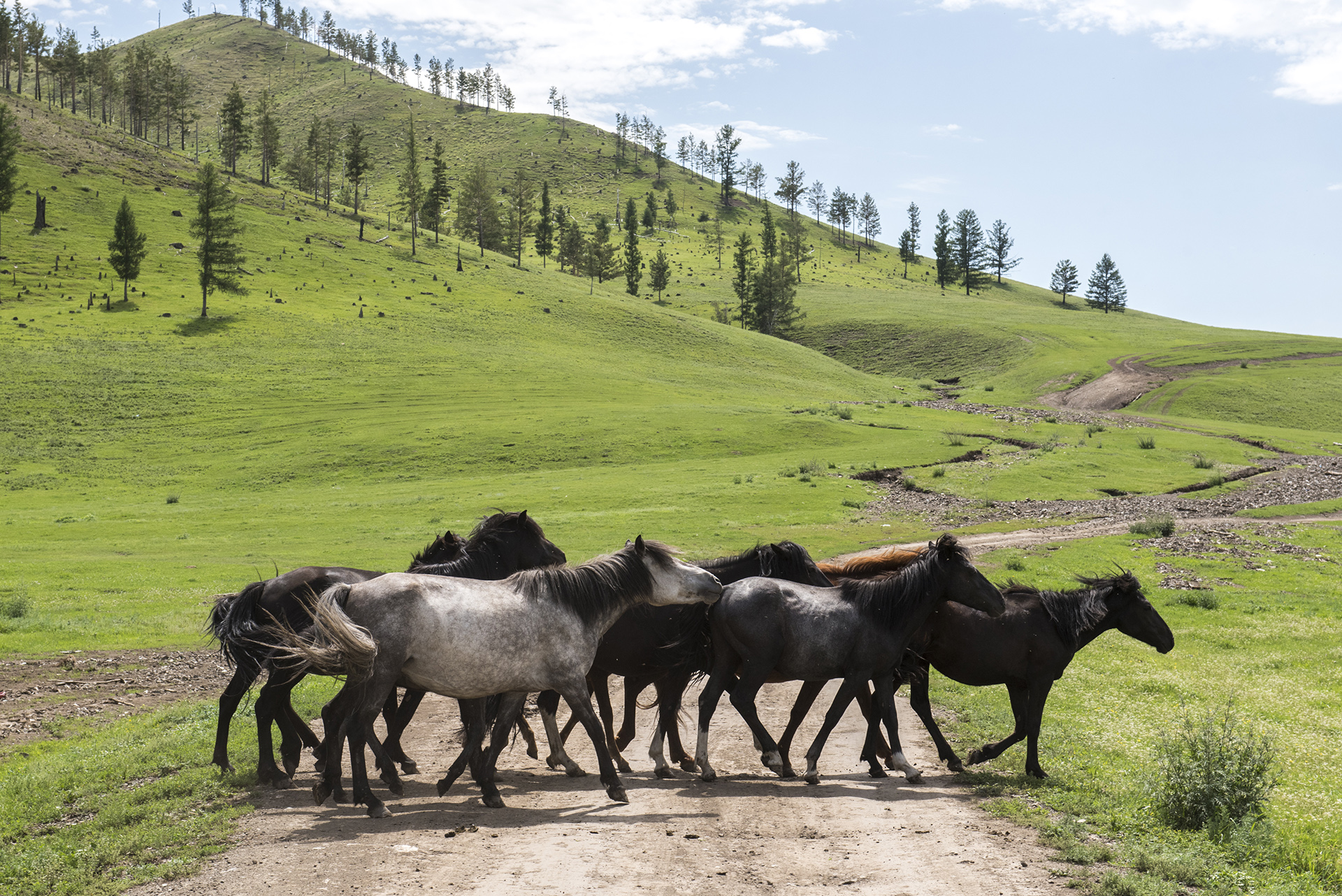
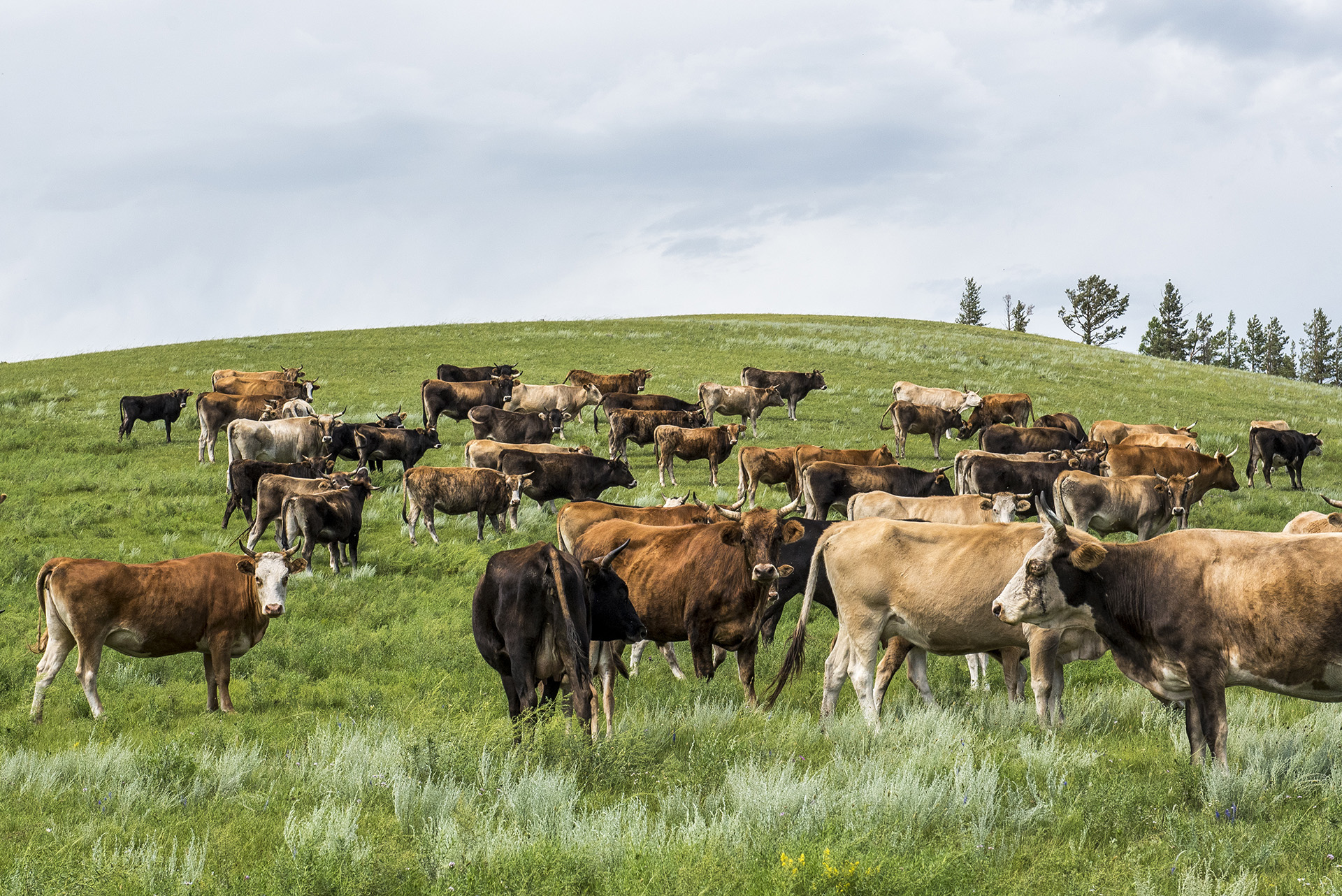
Looking forward
Although the UN-REDD Programme in Mongolia will end this November 2018, the country will continue to develop its National REDD+ Program. Sub-national plans are underway for six aimags: Tuv, Bulgar, Umnugovi, Khovsgul, Khenti, Selenge. A safeguards approach has also been developed and a safeguard information system (to ensure that a set of social, environmental and governance safeguards are addressed and respected) is in the making. Together with national partners, including the Forest Research Development Centre and the Climate Change Project Implementation Unit, the UN-REDD Programme conducted a series of technical workshops and advisory services to prepare a national forest reference emission level (FREL) and/or forest reference level (FRL), which are baseline levels of forest greenhouse gas emissions against which a country's REDD+ performance will be assessed. The first FRL was submitted to United Nations Climate Change (UNFCCC secretariat) in January 2018. A revised FRL was submitted at the end of June 2018.
Dr. Zamba Batjargal
“National ownership of this program is important,” says Dr. Zamba Batjargal, Mongolia’s National Focal Point for the UNFCCC at the Ministry for Environment and Tourism. “I believe that the UN-REDD Programme will leave a good legacy and continue without any outside support. We have made big strides for our forests and we will continue forward.”
By: Leona Liu, Regional Communications Specialist for Asia & the Pacific, UN-REDD Programme.
As a former TV reporter for leading global media (Reuters, Arte, France 24), she is passionate about storytelling for impact, and using strategic communications as a conduit to connect like-minded people to accelerate positive action in the fields of forestry, environment and sustainability.

